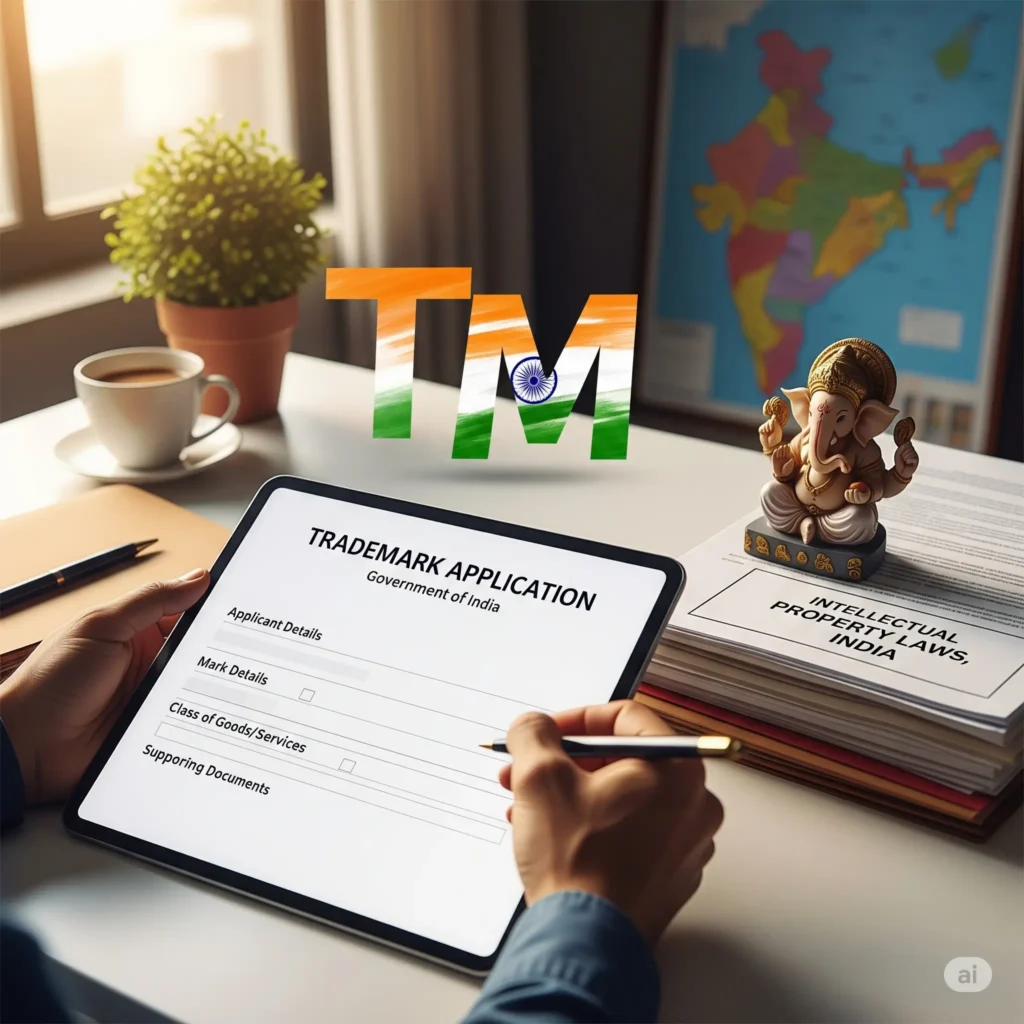Register Your Trademark Brand Name Today
Protect your business, stop copycats, and build trust. Start your Trademark Brand Name Registration now—fast, easy, and affordable.
Protect your brand today with our easy TM register service. We handle everything from start to finish, so you don’t have to worry. Fast, reliable, and affordable. Start your TM register process now and secure your business identity before someone else does. Click here to register your trademark today!
In today’s crowded marketplace, your brand name is one of your most valuable assets. Trademark Brand Name Registration offers essential protection for that asset—giving your business legal rights and differentiation. This article will walk you through what trademark registration means, why you need it, how to proceed, and what benefits it brings.
A trademark is a legal recognition of a unique name, logo, slogan, or symbol connected to your business. Trademark Brand Name Registration means you officially register this name or symbol with a government authority—making it legally protected. Once registered, you gain exclusive rights to use your brand name in connection with your goods or services.
This process helps stop others from using a name that’s too similar to yours. It also gives you legal grounds to take action if someone tries to copy your brand.

With Trademark Brand Name Registration, you gain exclusive legal rights. If someone else uses your brand name or something confusingly similar, you can enforce your rights—ensuring your identity remains yours alone.
Customers feel more confident when they see a registered brand. A formal registration signals reliability, professionalism, and a serious business presence.
A registered trademark allows you to prevent competitors from using a similar name, logo, or slogan. This maintains your uniqueness and helps retain customer loyalty.
A registered trademark is an intangible asset that can grow in value. You can license it, franchise it, or sell it. It can even attract investors or buyers interested in your brand.
Trademark registration typically provides protection at a national level (or within the jurisdiction where you register). This means others cannot register or use your brand name within that territory.
Select a distinctive, original name. Avoid generic terms or names that describe your product too closely. A strong brand name is more likely to gain registration and to be legally protected later.
Before applying, search existing trademark databases to see if your chosen name is already in use. Many countries offer free online search tools. If a similar trademark exists in your class of goods or services, consider adjusting your name.
Trademarks are grouped into categories called “classes.” For example, clothing is one class, software is another. You must select the classes that match what your brand covers. Proper classification ensures full protection.
You’ll need to provide:
Fees differ by country and by number of classes. You may be able to pay with a credit card or bank transfer. Some agencies allow fast-track examination for an extra fee.
Once submitted, your application will be reviewed. An examiner looks for conflicts with existing marks and ensures your trademark meets legal standards. They may issue an office action requesting clarification or changes.
If the examiner approves your application, it’s published in an official gazette. This publication gives others a chance to oppose your trademark if they believe it infringes on theirs. If no opposition is filed in the given timeframe, your registration proceeds.
Once registration is complete, you’ll receive a formal certificate. Trademarks must be renewed periodically—commonly every ten years. Continuous use and timely renewals keep your registration active.
Protect your business, stop copycats, and build trust. Start your Trademark Brand Name Registration now—fast, easy, and affordable.
What is Trademark Brand Name Registration?
It’s the legal process of protecting your brand name so others can’t use or copy it.
Why should I register my brand name?
Registration gives you exclusive rights, legal protection, and helps build trust with customers.
Is trademark registration required by law?
No, but it’s highly recommended to prevent others from legally using your brand name.
Can I register a trademark myself?
Yes, you can apply on your own, but professional help can make the process easier and error-free.
How long does the process take?
It usually takes 6 months to a year, depending on your country and if there are objections.
How much does it cost to register a trademark?
Costs vary by country and the number of classes, but basic registration is often affordable.
What can I register as a trademark?
You can register brand names, logos, slogans, symbols, or any unique identifier for your business.
Is my trademark valid worldwide?
No. Trademarks are registered per country. You must register separately in each country you want protection.
What happens if someone else copies my brand name?
If you’re registered, you can take legal action to stop them and protect your brand.
When should I apply for a trademark?
As soon as you finalize your brand name—before someone else registers it.
What is a trademark class?
It’s a category of goods or services. Your trademark must be registered in the class that matches your business.
Can I trademark a name that’s already in use?
Not if it’s registered or too similar to an existing trademark in your class. A search will help confirm.
Do trademarks expire?
Yes. Most need to be renewed every 10 years. If you don’t renew, your rights may expire.
What is the difference between ™ and ® symbols?
™ means you claim a trademark; ® means it’s officially registered with the government.
Can I change my trademark after registration?
Small changes may be allowed, but major changes usually require a new application.
Join the countless businesses that trust us. Let’s begin the journey toward greater success and increased revenue. Together, we’ll elevate your company to the next level—because when you grow, we grow.
WhatsApp us